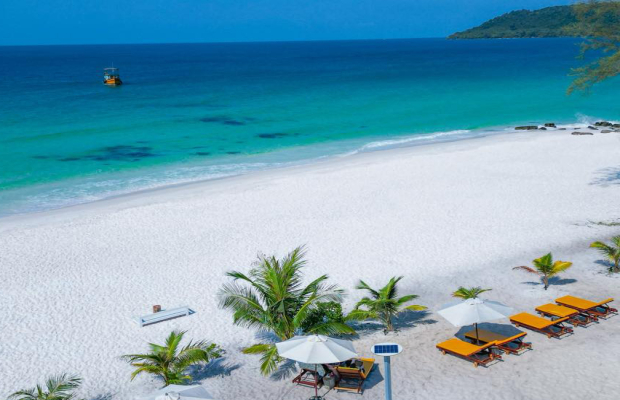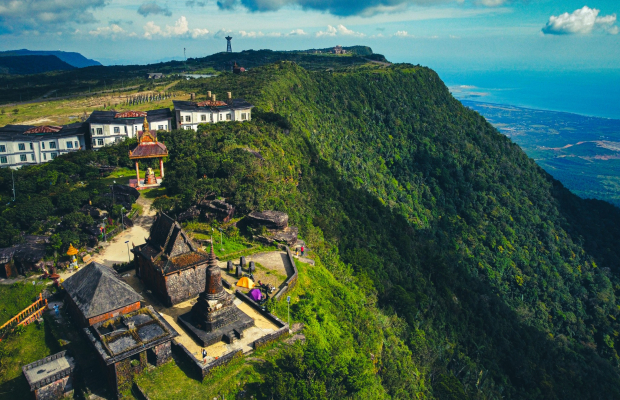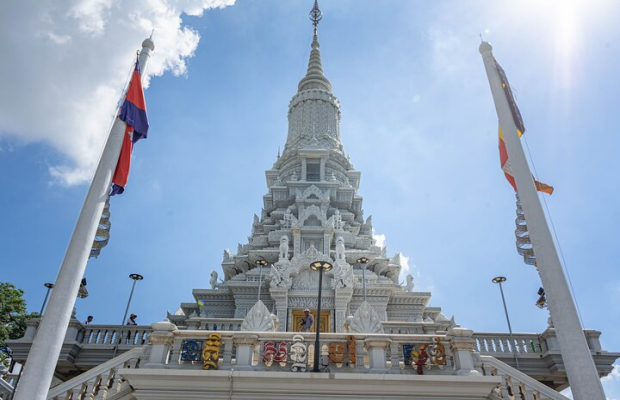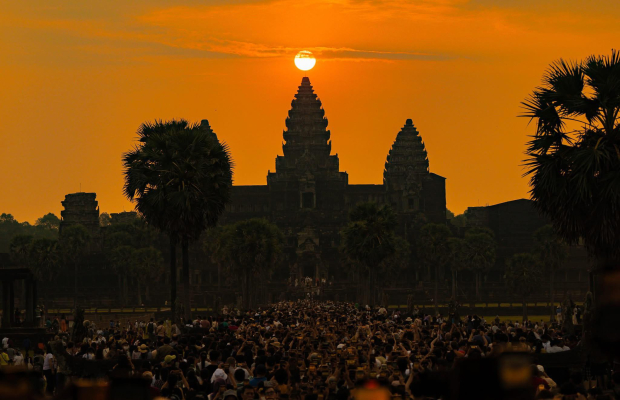Siem Reap Travel Tips
History of Siem Reap
The name Siem Reap means ‘Siamese Defeated’, hardly the most tactful name for a major city near Thailand. Imagine Birmingham with the name ‘Germany Defeated’. The empire of Angkor once included much of modern-day Thailand, but there’s a touch of irony about the name, given that Thailand ultimately defeated Cambodia and controlled Siem Reap and Angkor from 1794 to 1907.
Siem Reap was little more than a village when French explorers discovered Angkor in the 19th century. With the return of Angkor to Cambodian, or should that be French, control in 1907, Siem Reap began to grow, absorbing the first wave of tourists. The Grand Hotel d’Angkor opened its doors in 1929 and the temples of Angkor remained one of Asia’s leading draws until the late 1960s, luring visitors including Charlie Chaplin and Jackie Kennedy. With the advent of war and the Khmer Rouge, Siem Reap entered a long slumber from which it only began to awake in the mid-1990s.
Tourism is the lifeblood of Siem Reap and without careful management it could become Siem Reapolinos, the not so Costa-del-Culture of Southeast Asia. However, there are promising signs that developers are learning from the mistakes that have blighted other regional hot spots, with restrictions on the height of hotels and bus sizes. Either way, Angkor is centre stage on the world travel map right now and there is no going back for its supply line, Siem Reap.
.jpg)
.jpg)
.jpg)
.jpg)

























